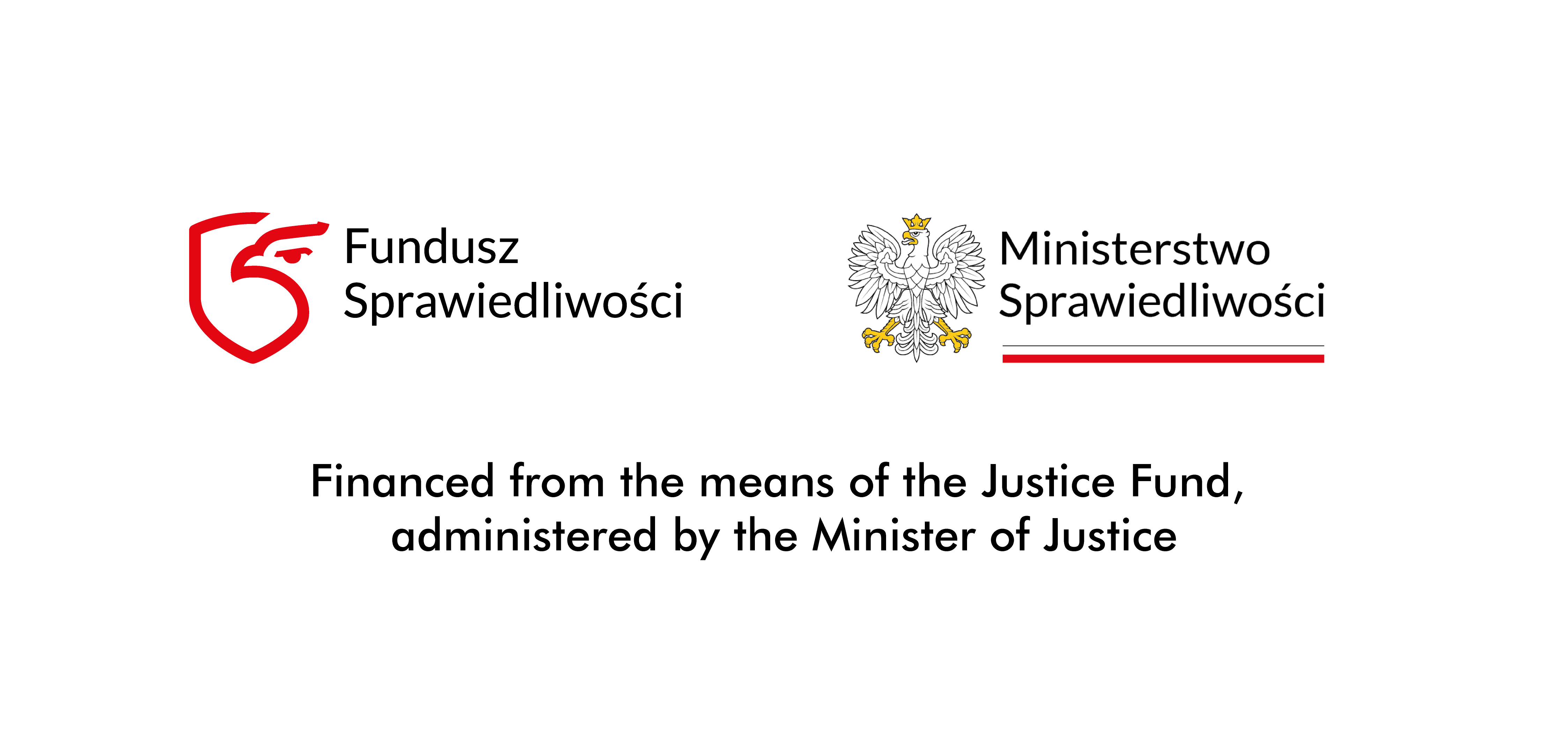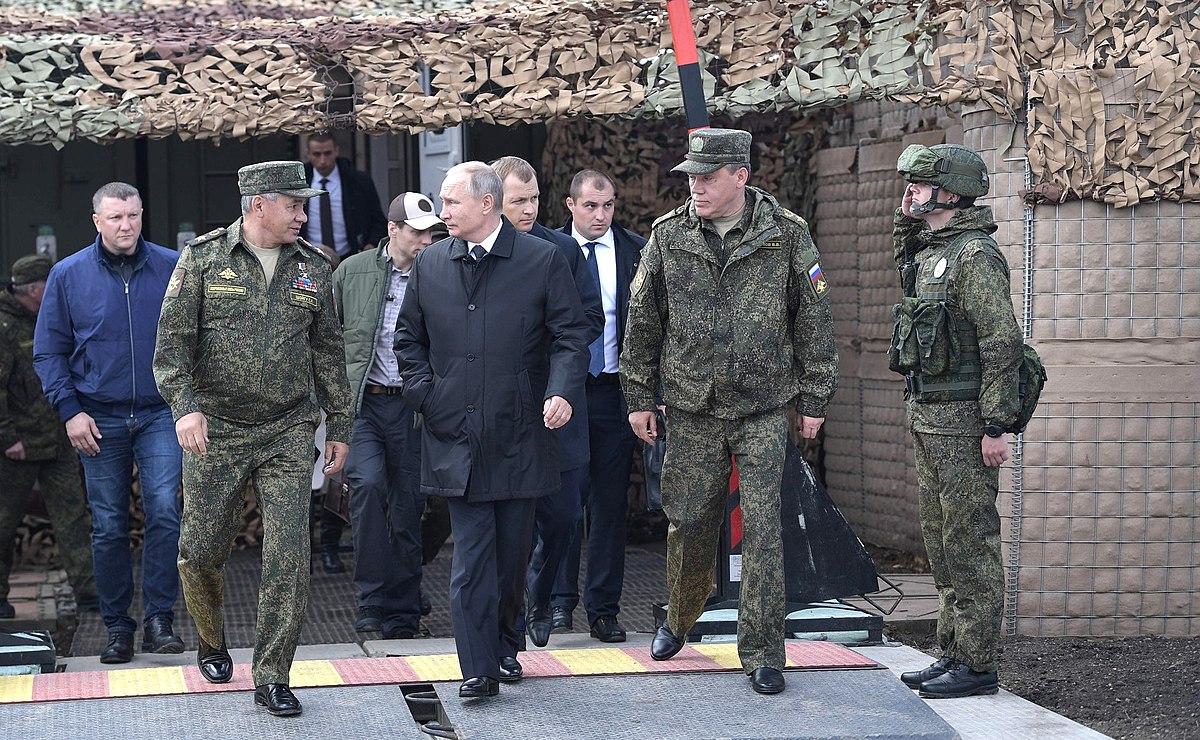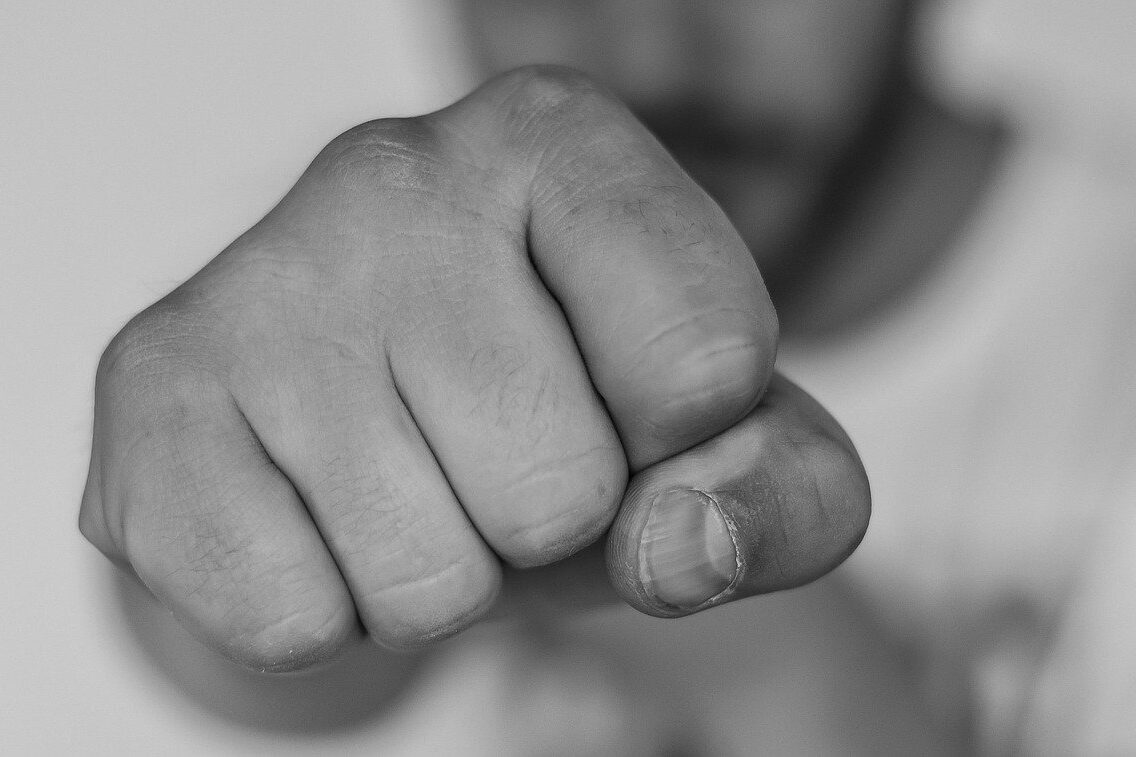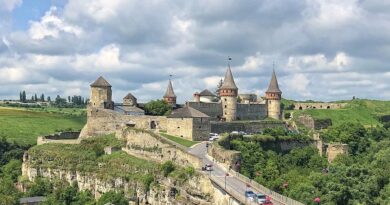Communism like Nazism: Lenin and Stalin should be regarded like Hitler
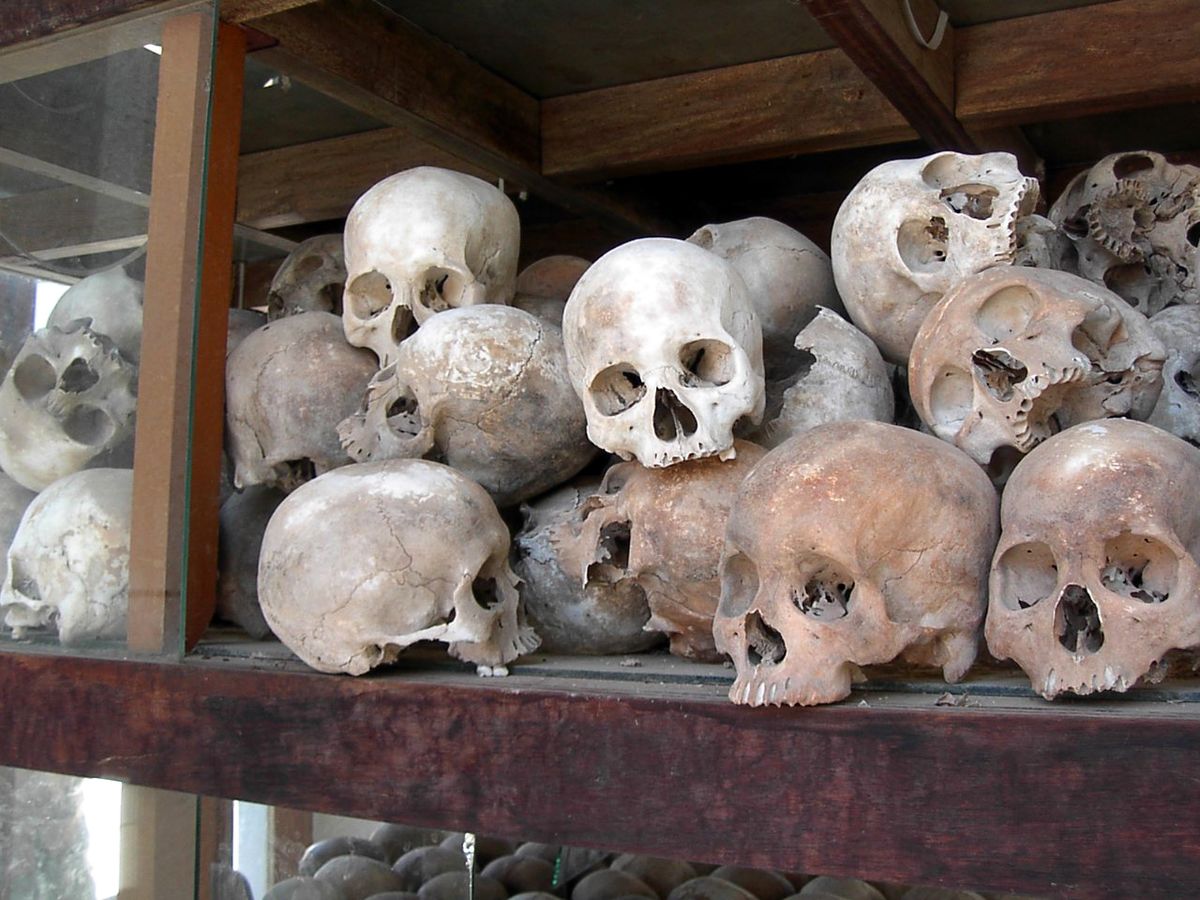
Communism has already claimed more than 100 million lives around the world. There are places on earth where people are still losing their lives because of it. And yet in global consciousness it is not presented in a manner as unambiguously pejorative as Nazism, the Third Reich, or the Holocaust. Lenin’s face finds its way onto T-shirts, Stalin is the hero of jovial memes and gifs, and monuments are erected to Marx even in the West. Why is the system that claimed the most victims of all totalitarian systems and ideologies so whitewashed today? And how can we change that?
Radosław Wojtas
George Orwell’s sketch “Freedom of the Press” was intended as a prelude to one of his most famous books – “Animal Farm.” For unknown reasons, however, this did not happen, and the book, which is an allegorical representation of Stalinism, was not accompanied by it. Fortunately, the text was found in 1972 (more than 20 years after Orwell’s death) by Ian Angus, who published it in the UK in the pages of The Times Literary Supplement. In it, the author of “Animal Farm” describes, among other things, the problems he encountered on the way to publishing this short novel, and this description partially answers the question posed at the beginning of the text. Let’s give voice to the master of dystopia.
“Four publishing houses refused to publish it [“Animal Farm”]. […] One publisher was initially interested in “Animal Farm,” but after an initial reading of the typescript, he decided to consult the Ministry of Information, which seems to have warned him against publishing the book, or at any rate strongly advised him against it. […] At present, this prevailing orthodoxy demands that we express uncritical admiration for Soviet Russia. Everyone knows this and almost everyone is adjusting their actions to this requirement. Any serious criticism of the Soviet regime, any revelation of facts that the Soviet government would prefer not to reveal, would be considered as almost uncensorious of an act. […] No one in our country will publish in print an attack on Stalin, but attacking Churchill (at least in books and in the press) risks no unpleasant consequences.”
This is, of course, from the days of World War II. But is it not the same today as well? Until recently in Poland, political forces critical of Russia were called Russophobic; attempts to decommunize public space – renaming streets, dismantling Communist monuments – were effectively blocked; and in the United States, a few years ago, Jersey City authorities wanted to dismantle a monument dedicated to the Katyn Massacre, the mass murder of Polish elites by the Russians in the spring of 1940.
The real face of communism
This is why it is so important to show the true face of communism and remind people what communist ideology leads to. One of the places designed to fulfill this mission is the Victims of Communism Museum in Washington, D.C. The facility was established at the initiative of The Victims of Communism Memorial Foundation, a nonprofit organization established by the U.S. Congress in 1993, which is dedicated to education, research, human rights activities in countries still affected by communism, and the commemoration of the victims of this totalitarian system.
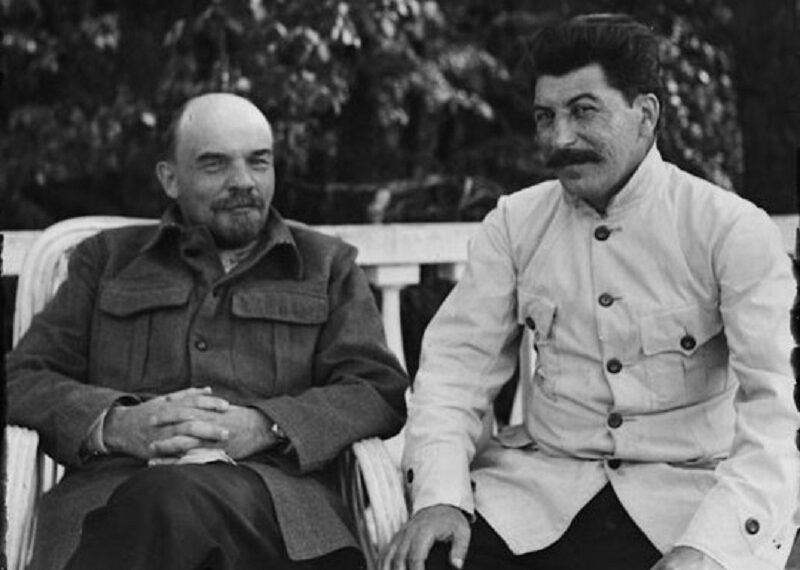
But a major contribution to its establishment was made by Poles. One of the main funders of the museum is the Polish National Foundation, which is contributing $10 million to the creation of the site. “In Washington, in addition to numerous government offices, we will find think tanks, non-governmental institutions. We want this museum to become, also for them, an educational platform, a place to exchange ideas. It is an ideal place to present our experiences,” said Dr. Marcin Zarzecki, chairman of the Polish National Foundation board of directors, at the museum’s grand opening. “We hope that through films and educational games the knowledge of these events will be able to reach the widest possible audience of young Americans,” he added. Michal Góras, Vice President of the Polish National Foundation, emphasized straightforwardly: “The exhibition tries to show in the strongest possible way that the communist system is an evil we should fight against.”
The museum opened last year on June 8th, 2022. “This is a unique moment, because thanks to the determination of many people in the US capital, a few hundred meters from the White House [900 15th Street – Ed.], it was possible to open a museum that in a very modern way and in a broad perspective shows how criminal the communist system is, how much blood of victims is on the hands of communist oppressors,” Dr. Rafal Leskiewicz, historian, spokesman for the Institute of National Remembrance, who had the opportunity to see the exhibition in Washington, said at the time in an interview with Do Rzeczy weekly. “This is important because the museum is located in a place where the paths of American lobbyists, people shaping opinions – journalists, politicians, congressmen – all those for whom this narrative should be important and should be a kind of reflection in understanding the modern world and the modern threats posed by any totalitarian systems,” emphasized Dr. Leskiewicz.
About Poland in Washington
The entire museum complex has an area of 900 square meters. It consists of a conference and exhibition section. The exhibition section consists of three parts. Gallery one tells the story of the birth of communism – from Marx and Engels and their “Communist Manifesto” through Lenin’s utopian promises to the bloody Russian revolutions. Moving on to gallery two, the viewer has the opportunity to see what these utopias led to. For this part is devoted to Stalinist crimes – mass murders and deportations, terror on an unimaginable scale. It also presents profiles of those who had the courage to resist. The last gallery – “Miracles and Tears” – is dedicated precisely to those who resisted communism. It tells the story of the collapse of communism in the Eastern Bloc, but also presents the spread of communism in Africa, Asia, and Latin America, and pays tribute to people who today are victims of communist ideology – in China, Laos, North Korea, Vietnam, Cuba.

The museum is interactive. Among other things, visitors can take part in a decision-making game in which they play a character living under the communist system, as well as watch a film about the origins of communism and the Battle of Warsaw, or footage of the story of the Gulags.
A lot of space is devoted to Poland. The story of our country begins with the Miracle on the Vistula, i.e. the defeat of the Bolsheviks by the Poles and stopping the Soviet conquest of Europe. However, the exhibition primarily emphasizes the Polish contribution to the democratic transition in Central and Eastern Europe before 1989. “What impressed me most was the reference to Poland. Showing that the Poles were the ones who made the most significant contribution to the collapse of the communist system in Central and Eastern Europe. The exhibition primarily presents the contribution of the Solidarity Trade Union, a mass movement of 10 million people that led to the trembling of the foundations of the communist system. The figure of John Paul II is visibly exposed. It is also extremely important to me to show the figure of Rt. Witold Pilecki,” Dr. Leskiewicz said. And he added: “We in Poland are able to tell the story of the communist system and its collapse, we know what was behind the mass social movement of Solidarity, but Americans don’t necessarily know that, so presenting this perspective is extremely important.
One of the figures whose biography the visitors of the museum can learn about is Witold Pilecki. A Polish hero and patriot. A soldier who fought in the war against the Bolsheviks, defender of Grodno, participant in the Battle of Warsaw, or the so-called Miracle on the Vistula. During World War II, Pilecki took part in defensive battles (under his command, the Uhlans destroyed, among others, seven German tanks and two unarmed planes), and after October 17th, 1939, he was active in the underground. In 1940, he voluntarily submitted himself to arrest and imprisonment in the German concentration camp in Auschwitz. All so that the world would learn about the atrocities committed by the Germans behind the camp’s walls. “Pilecki’s Reports,” along with the so-called Karski Reports, were the first sources describing mass murders in German camps, including the Holocaust.
After the war, he was accused by the Communists of, among other things, organizing an intelligence network in Poland, which was subordinate to the USSR, on behalf of General Anders. Pilecki was tortured. He stood before the court with broken clavicles and torn toenails. He did not show the slightest weakness, he hid the marks of torture. He proudly looked into the eyes of the people who sentenced him to death in a show trial. During one of his visits with his wife, he uttered the telling words: “Here was where they finished me. Auschwitz was merely a game.” He was murdered with a shot to the back of the head on May 25th, 1948.
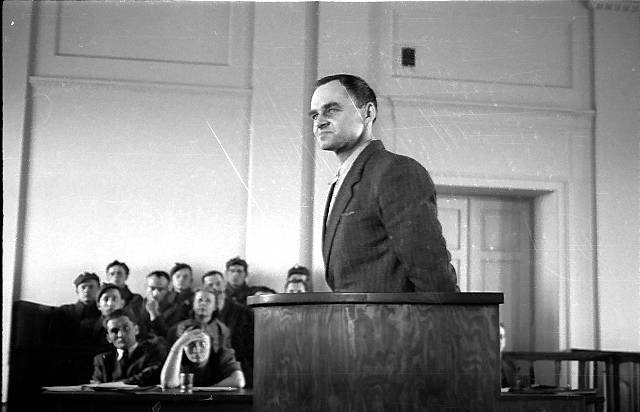
A documentary film is being made about Witold Pilecki, the preview of which has just been held at the Victims of Communism Museum in Washington, D.C. “Witold Pilecki dedicated his entire life to Poland. First, fighting against Bolshevik Russia in 1920, then against German troops in September 1939 and the German occupiers during World War II, and finally against the second occupation – the Soviet one – after 1945,” said Deputy Prime Minister Piotr Glinski in a speech addressed to the participants of a special screening of the film “Pilecki Report” at the Victims of Communism Museum. “In all cases, he acted in the name of higher reasons and principles. Guided primarily by the values derived from Christian faith and culture and the chivalrous ethos long forgotten in Europe. Only such an attitude, embodied in truly heroic decisions, dramatic choices in extreme and final situations, was the right one according to Pilecki,” he added.
We must not forget
The idée fixe of the Victims of Communism Memorial Foundation is a world free from the false hope of Marxism and criminal communism. If we want a world where communism can be locked up in museum halls, we still have a long way to go. As the Victims of Communism Memorial Foundation points out, around the globe more than a billion people live in countries enslaved by communist ideology. To date, it has taken over 100 million lives, and each year the number continues to rise, unfortunately.
“In schools, thanks to God, we learn a lot about the Holocaust, and thanks to this, no one questions that remembering it is important. But the same cannot be said about communism and its victims. People rarely have any idea of the scale of it. That’s why this museum is so important,” Andrew Bremberg, President of The Victims of Communism Memorial Foundation, said in an interview.
Dr. Rafal Leskiewicz admitted in an interview with Do Rzeczy: “This is indeed the case. This is due to the fact that this ideology was for a long time a fashionable one among part of the elite of the Western world. Until recently, for example, in many universities it was not directly perceived as a criminal ideology.” And he concluded: “This is the right time to recall the victims of communism and show its true face. Just today, the system’s heir apparatchiks are committing mass crimes in Ukraine. Vladimir Putin, after all, directly refers to communist ideology, and Russian soldiers are using Soviet symbolism. This is a unique moment to arouse a sense of reflection and interest, especially in the younger generation, to understand that the communist system is an ideology that has crimes written into its genotype. And the Western world seems to have forgotten this.
